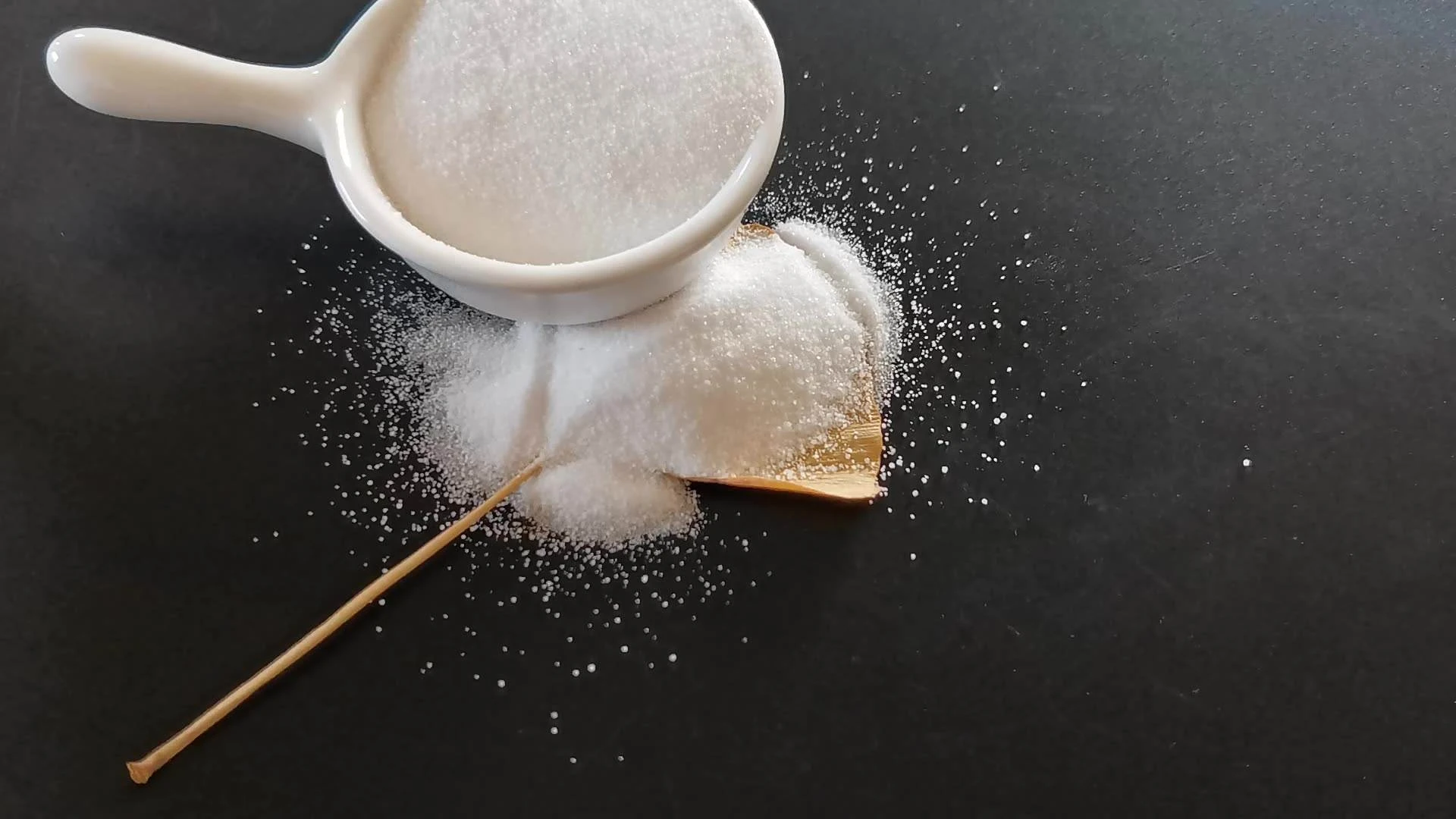



Understanding the Risks Associated with Sodium Chlorate Handling and Usage
Hazards of Sodium Chlorate Safety Considerations and Best Practices
Sodium chlorate (NaClO3) is an inorganic chemical compound commonly used as a herbicide, bleaching agent, and in the production of chlorine dioxide. While it has various industrial applications, sodium chlorate also poses certain hazards that warrant careful handling and consideration. Understanding these risks is essential for ensuring safety in both industrial and domestic environments where this compound may be present.
Chemical Properties and Risks
Sodium chlorate is a white crystalline solid that is highly soluble in water. As an oxidizing agent, it has the potential to support combustion and can react violently with reducing agents, acids, and organic materials. This property categorizes it as a significant fire and explosion hazard. The chemical's reactivity is further exacerbated when exposed to heat or friction, making proper storage and handling imperative.
One of the primary risks associated with sodium chlorate is its potential to cause fires. When sodium chlorate comes into contact with combustible materials (such as oils, sawdust, or wood), it can ignite and lead to uncontrolled burning. The risk of spontaneous combustion increases if sodium chlorate is mixed with organic solvents or other oxidizers. Therefore, it is critical to keep sodium chlorate away from flammable materials and to ensure that all potential ignition sources are controlled in areas where it is used or stored.
Health Hazards
In addition to its fire and chemical reactivity hazards, sodium chlorate poses health risks to humans. Exposure to sodium chlorate can occur through inhalation, skin contact, or ingestion, leading to a variety of health effects. Short-term exposure can cause respiratory irritation, skin burns, and eye damage. Ingestion of sodium chlorate can lead to severe gastrointestinal distress, including nausea, vomiting, and diarrhea.
Moreover, sodium chlorate is known to have toxic effects on red blood cells, causing a condition known as methemoglobinemia, which alters the blood's ability to carry oxygen. Symptoms of methemoglobinemia can include cyanosis (a bluish coloration of the skin), fatigue, and in severe cases, it can be life-threatening. Workers in industries that use sodium chlorate should undergo regular training and be provided with the required personal protective equipment (PPE) to minimize exposure risk.
Environmental Considerations
The environmental impact of sodium chlorate is another pressing concern. When released into the environment, sodium chlorate can contaminate soil and water bodies. Its strong oxidative nature may lead to negative effects on aquatic life and can disrupt ecological balance. It is essential to adhere to strict regulations regarding the disposal and discharge of sodium chlorate to mitigate any harmful environmental effects.
sodium chlorate hazards

Best Practices for Handling Sodium Chlorate
To ensure safety when working with sodium chlorate, there are several best practices that should be followed
1. Proper Training Individuals handling sodium chlorate must be adequately trained to understand its hazards and emergency procedures.
2. Personal Protective Equipment (PPE) Use appropriate protective gear, such as gloves, goggles, and respiratory protection, to minimize exposure.
3. Storage Store sodium chlorate in a cool, dry place, away from flammable substances and in well-ventilated areas. The storage containers should be labeled clearly and be resistant to corrosion.
4. Emergency Procedures Establish clear emergency procedures in case of spills, accidental exposure, or fire. This includes having first aid kits and emergency response equipment readily available.
5. Limit Quantities Only the necessary quantities of sodium chlorate should be kept on-site to reduce risks related to handling and storage.
6. Waste Disposal Follow local regulations for the safe disposal of sodium chlorate waste to minimize environmental contamination.
Conclusion
Sodium chlorate serves various important industrial purposes, but it also poses significant hazards that must be managed carefully. By adhering to proper safety protocols, training personnel, and employing best practices for storage and handling, the risks associated with sodium chlorate can be effectively minimized. Awareness and preparedness are key to preventing accidents and ensuring the safety of individuals and the environment while utilizing this powerful chemical compound.
-
Why Sodium Persulfate Is Everywhere NowNewsJul.07,2025
-
Why Polyacrylamide Is in High DemandNewsJul.07,2025
-
Understanding Paint Chemicals and Their ApplicationsNewsJul.07,2025
-
Smart Use Of Mining ChemicalsNewsJul.07,2025
-
Practical Uses of Potassium MonopersulfateNewsJul.07,2025
-
Agrochemicals In Real FarmingNewsJul.07,2025
-
Sodium Chlorite Hot UsesNewsJul.01,2025










